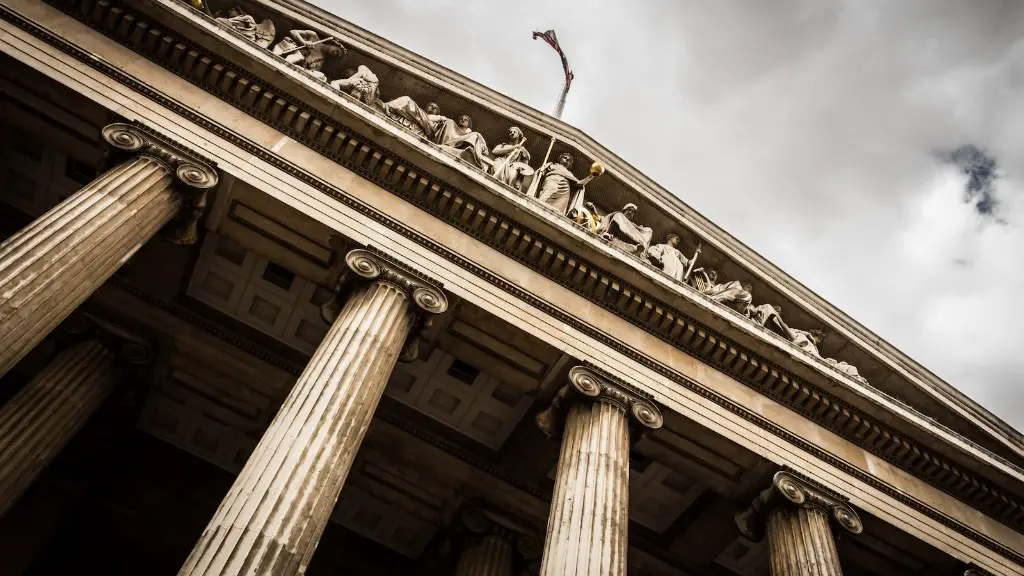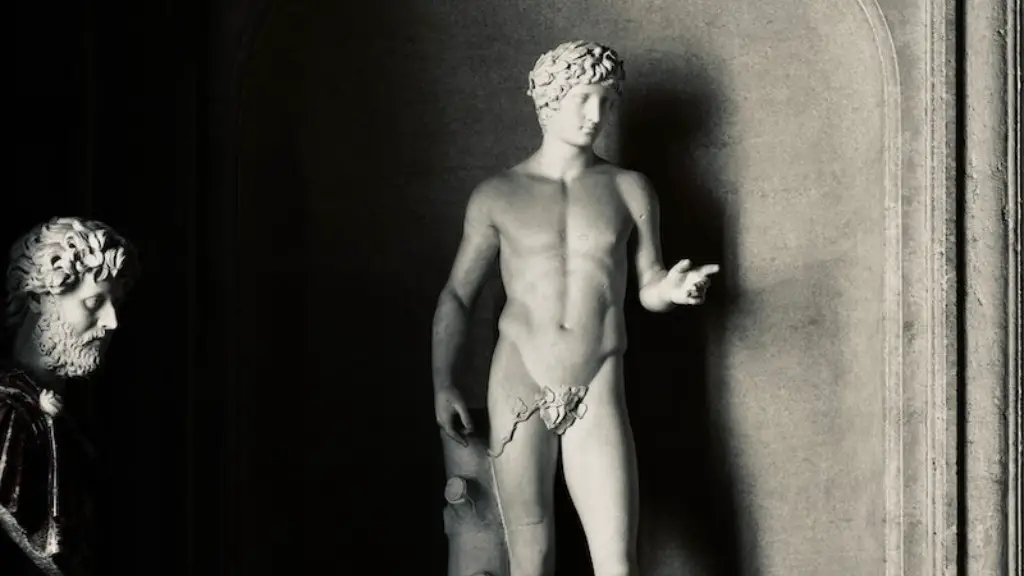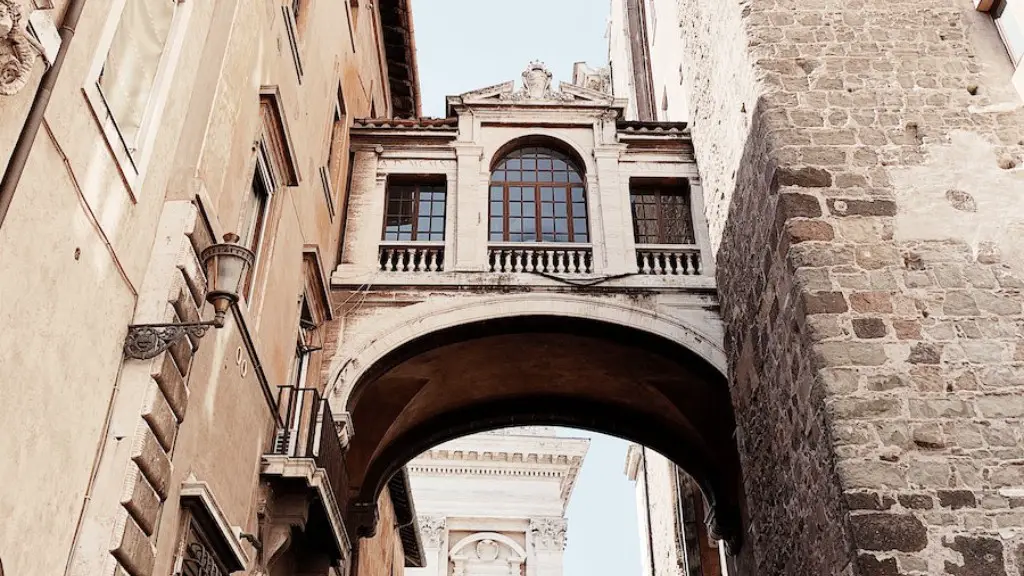The Republic of Ancient Rome had one of the finest civilizations to ever exist on earth. It was a powerful nation that developed a democratic state, and a society that was organised and governed by the people. In its heyday, the Roman Republic spread its borders to become one of the most dominant powers in the Mediterranean world. Its culture, heritage and language are still present in many European countries to this day.
At the core of the Republic was its two-tier system of government, comprised of the Forum – which was the assembly of all citizens – and the Senate – which was the ruling body made up of wealthy and influential individuals. This system allowed for representation and decision-making and enabled the people to elect their leaders and determine the laws governing the Republic. The Republic also had a military which was organised into military Legions and fought wars to protect and expand its borders.
In addition to its political structure, the Republic was also noted for its cultural achievements. Its art and architecture, law, philosophy and literature are all remembered, appreciated and admired to this day. Roman art and sculpture in particular, found in museums across the world, illustrate the skill and creativity of its people.
The economy of the Republic was based on agriculture, but it also had many other industries such as manufacturing (wine, metalwork, and pottery) and banking. Trade and commerce were also an important part of the Republic, and the construction of roads and efficient transport links allowed goods to be moved between the cities of the Empire quickly.
The Republic of Ancient Rome had a dramatic rise and fall. At the peak of its power, it was the most powerful state in Europe and established colonies across the known world, controlling much of the Mediterranean Sea and the lands surrounding it. But the Republic was not to last. As its power diminished, internal divisions escalated and the Republic was eventually taken over by a monarchy, ushering in the period of Imperial Rome.
Society in the Republic
Life in the Republic was very different to life today. It was highly hierarchical and stratified, with citizens split into classes and orders. At the top were the Patricians (elite landowners) who were wealthy and had considerable power and influence. The citizens below them were the Plebeians (ordinary people) who had no political power and were subject to the laws and sanctions of the government.
The position of women in the Republic was also strictly regulated. They had limited rights to own property, be educated and take part in politics and were expected to be obedient to their husbands. Slavery formed an important part of the economy, with slaves being owned by members of the Patrician classes and used for manual labour and domestic work.
Law and Religion
The Republic was governed by the 12 Tables – a set of laws that formed the core of the legal system at the time. The courts then interpreted and enforced these laws, with justice being administered relatively fairly. Religion was a powerful force in the Republic and was used both to help create social unity and to ensure loyalty to the state. The two most important gods were Jupiter (the king of the gods) and Juno (the protector of women).
The Republics Legacy
The demise of the Republic in Ancient Rome marked the beginning of a new era – that of the Roman Empire. The Republic left a lasting legacy, however, in the form of its culture, art, language and laws. It also provided a basis for the spread of Christianity, which later grew to become the dominant religion of Europe. The term “Republic” is also still used today to describe countries with a system of government which is not hereditary.
Government Structure
The Republic of Ancient Rome was ruled by a two-tier structure of government. At the head of the state was the Forum – a type of assembly or gathering of the citizens which was presided over by the Senate. The Senate was made up of wealthy and influential individuals who held considerable power and whose decisions had the force of law. The assemblies of the Forum consisted of citizens of the Republic who elected their leaders, determined laws and represented their interests.
Military might
The Republic had an army of considerable size and power which was organised into military Legions. It was used both to expand and protect the Empire’s borders, but also to further its political objectives. During its peak, it was one of the most powerful forces in the Mediterranean world.
Culture and Arts
The Republic of Ancient Rome left us with a thrilling cultural legacy. Art, sculpture, theatre, literature and philosophy from the period are still admired and studied today. The Romans also wrote many of the laws of the Republic which have become fundamental parts of many countries’ democracies. They constructed buildings, roads and buildings which can still be seen in modern Rome and across many other cities in Europe.


